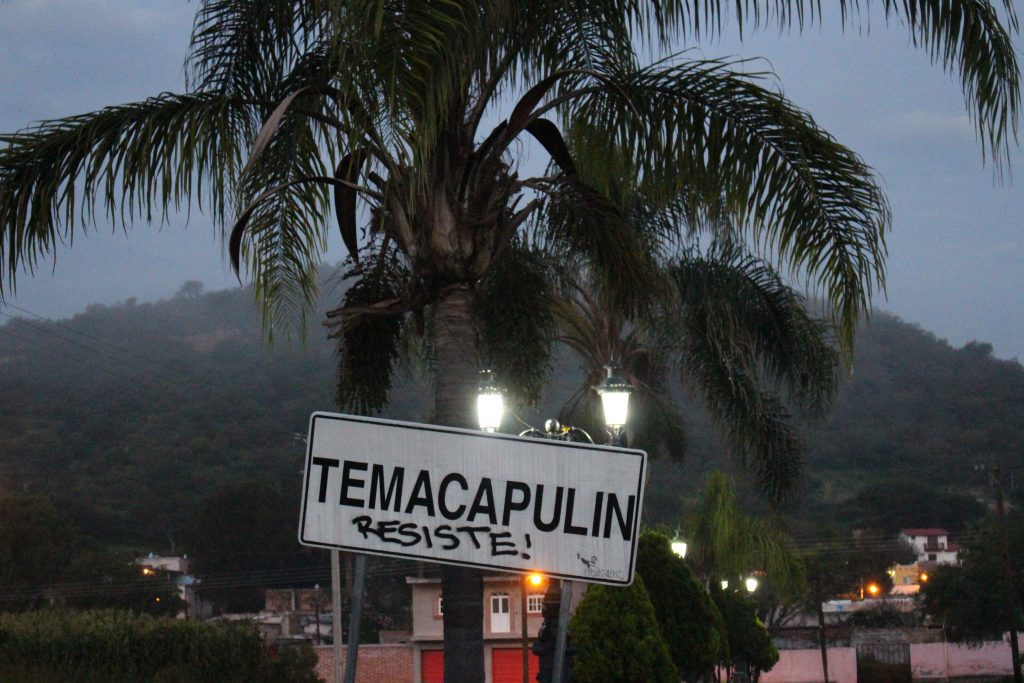
TEMACAPULIN, Jalisco, Mexico — It’s been 14 years since the people of this charming colonial town in the Green River Valley of Mexico’s agriculturally rich Jalisco state have gotten a good night’s sleep — 14 years of fighting the thirty-story megadam that poses an existential threat to their precolonial heritage. A generation has nearly grown up as their elders have staked their lives and their livelihoods on this struggle.
Este artículo está disponible en español aquí.
The past few weeks have been an emotional roller-coaster, as two new governors seek to revive the El Zapotillo Dam, a textbook case in ineptitude and corruption in the megadam industry, and President Andres Manuel Lopez Obrador enters the fray.
But now it’s time to put that all aside. It’s time for a fiesta of resistance that has been a highlight of the 14-year fight for this village’s survival against the megadam project that would obliterate the village, along with two others, and leave the highly productive agricultural region on a route towards desertification.
“The government wants us to go away; they want to say we’re a ghost town,” said Gabriel Espinoza, the former priest who gave up his priesthood to fight for his town. “But as you can see, that’s far from the case. El Zapotillo has activated us; we’re better off as a pueblo than we were five years ago. And we’re not going anywhere.”
I will be writing about this battle soon for Earth Island Journal. In the meantime, to show just a bit of what’s at stake, I offer a few images from the recent Temaca chile fair and marathon — to give a glimpse of what, if two state governors get their way, will go beneath the waves. #TemacaVive
This article is the second in a series on Temacapulín, El Zapotillo Dam and resistance to massive hydraulic projects throughout Mexico. For more, see our series page, Water, Territoryand Resistance.
The day begins in a downpour, dampening the environs but not the spirits. “We’ll just have an aguachile fair,” joked organizer Bety Espinoza, referring to a favorite local dish. By the time the sun emerges, a spectacular traditional “tapete” or carpet of colored sawdust featuring the town’s famous chile de arbol is ready for the festival’s inauguration.

First on the agenda, the Water and Chile games, aimed at having fun while raising awareness about the need to balance our need to make a living – the chile – with the Earth’s resources – the water. Games included “Care for the water” (a relay where the team that is able to make it to the finish line with the most water), “Treasures of Temaca” (a scavenger hunt for symbols of the true treasures of the town: Water, and – you guessed it – chile) and “Atinale el chile” (a team effort to “shoot” a chile with streams of water down the Green River past barriers of “LIFE,” “JUSTICE,” “PEACE,” competing to be the first to land on “VICTORIA.”
And everyone’s favorite, “Revolución del Agua,” where a replica of El Zapotillo is constructed with cardboard boxes, some labeled with important dam components such as “lies,” “corruption of politicians” and “crimes against ecology” — then the teams face off to see who can produce the greatest barrage of water balloons to topple the dam.
Next it was time for the salsa contest, where people from all over the republic lined up with their molcajetes under the arches of the historic government building to mash their favorite ingredients into a surprisingly diverse range of delicious concoctions.
In the evening, a panel discussion with some of the women elders of the town, stalwarts of the movement since its beginning 14 years ago (story to come).
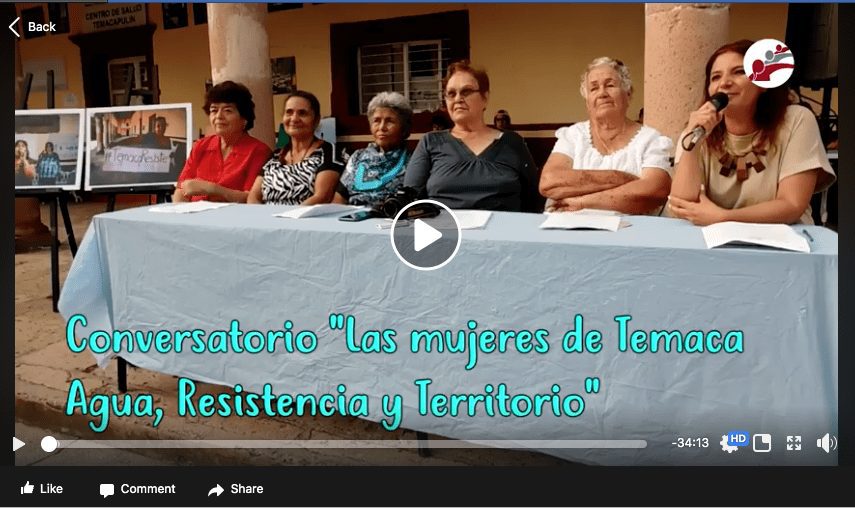
Video by Victor Ibarra/IMDEC.
On Sunday, the 12th annual 5k and 10k Carrera por Los Remedios (named for the town’s iconic Virgin of Remedies, believed to have miraculous healing powers) brought hundreds of runners from as far away as California. Padre Gabriel came in third on the 10-K, in between setup, caring for the animals, breakfast prep, and rallying the crowds.
After the race, the crowds disperse to enjoy the treasures of Temaca… the colonial church with its glowing virgin, the Christ of the Cliffs, the colorful and rebellious murals scattered throughout the town, the charming people, the steaming thermal waters — and of course, in gastronomic presentations of many kinds, the town’s famous chile.

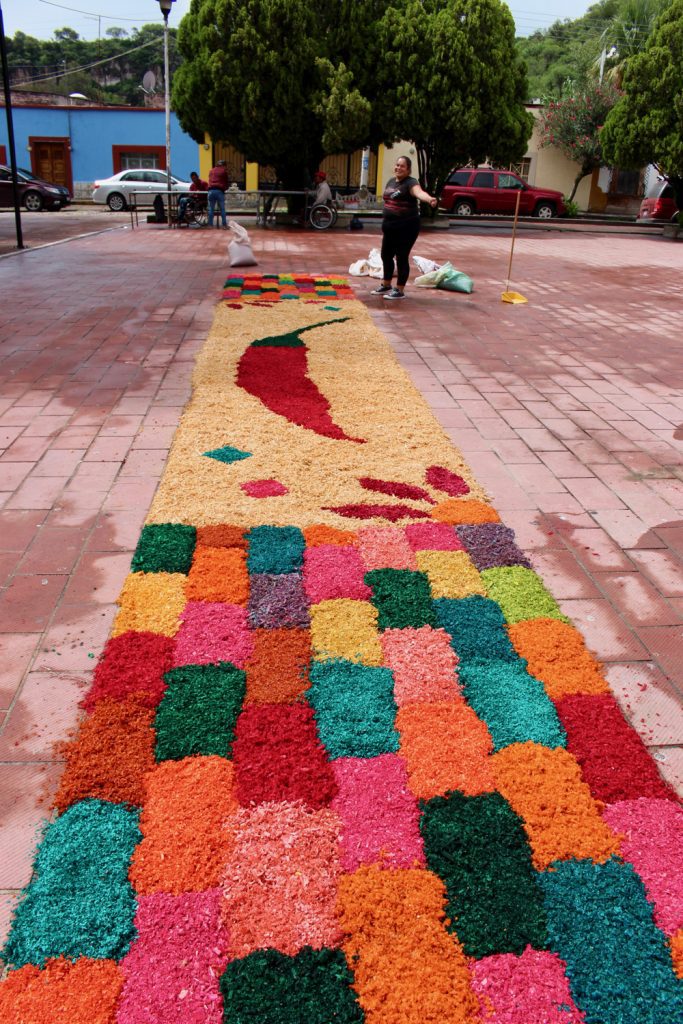



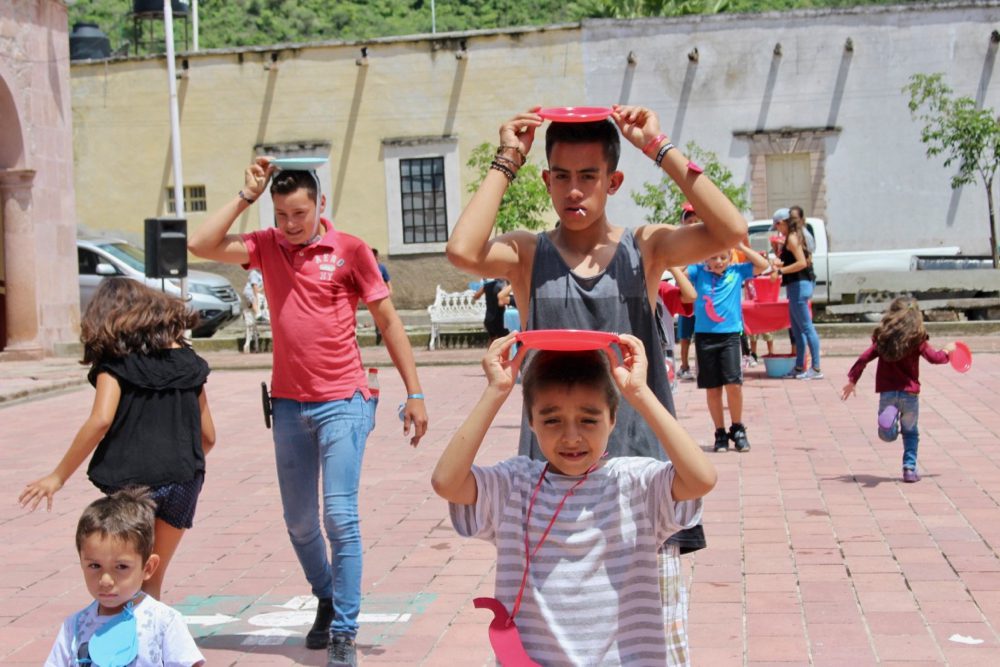





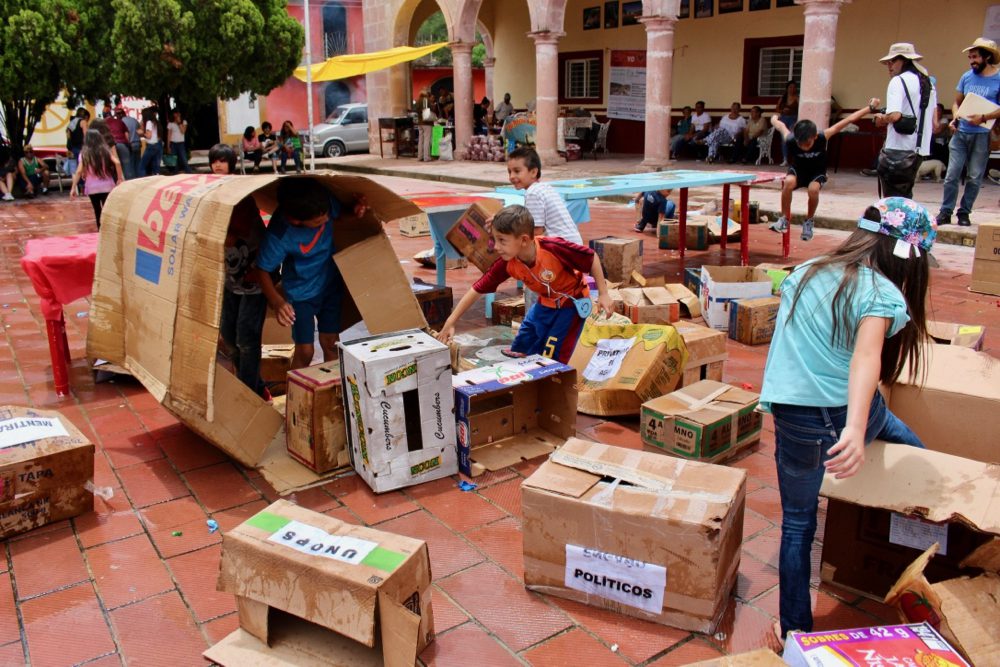




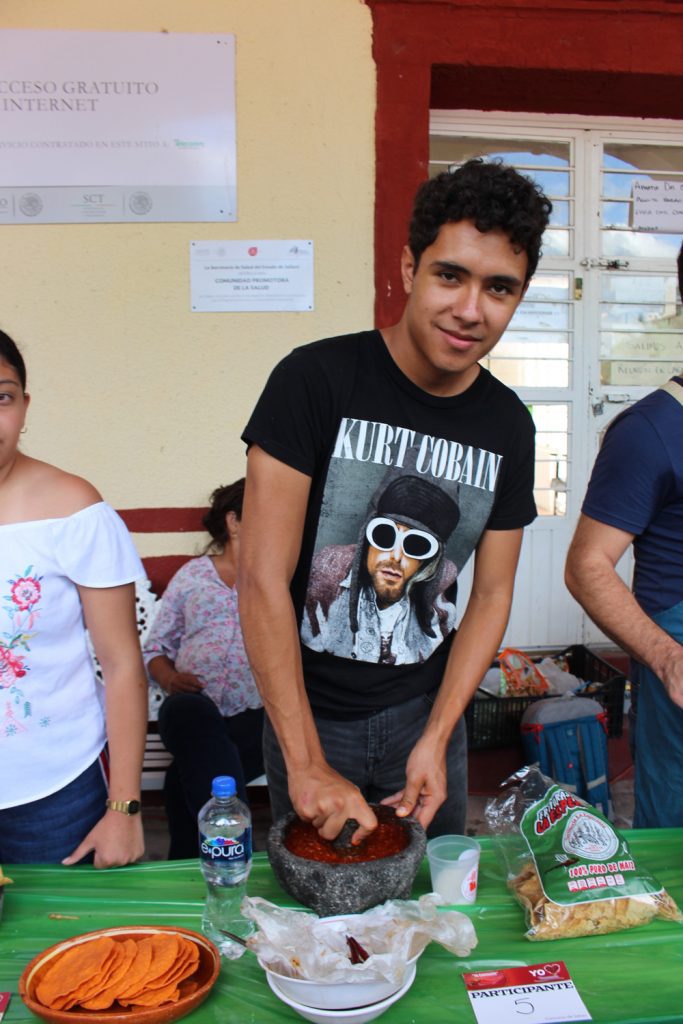
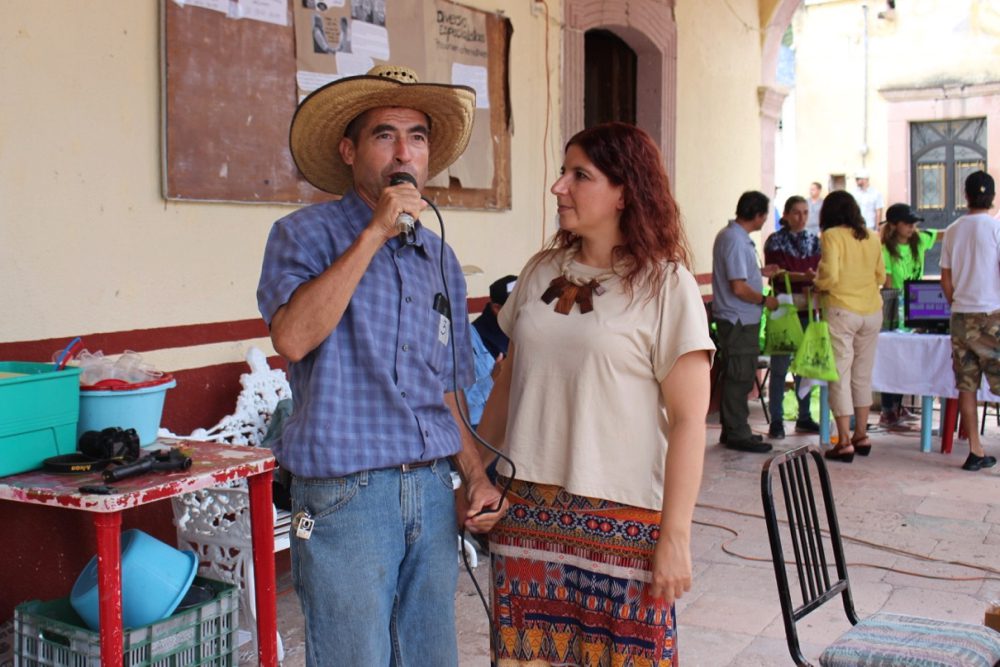
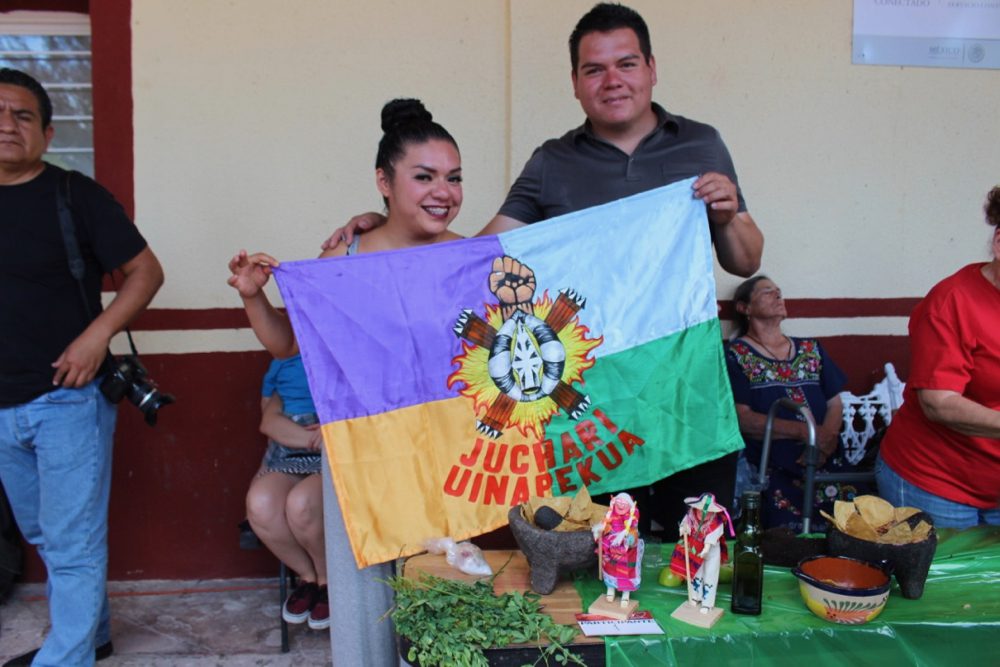




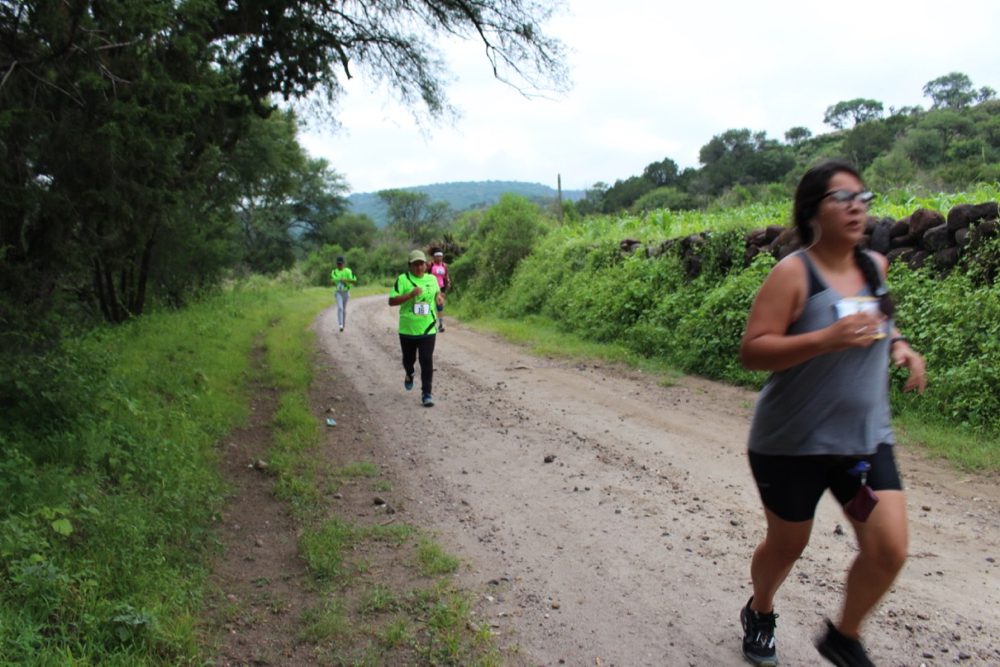
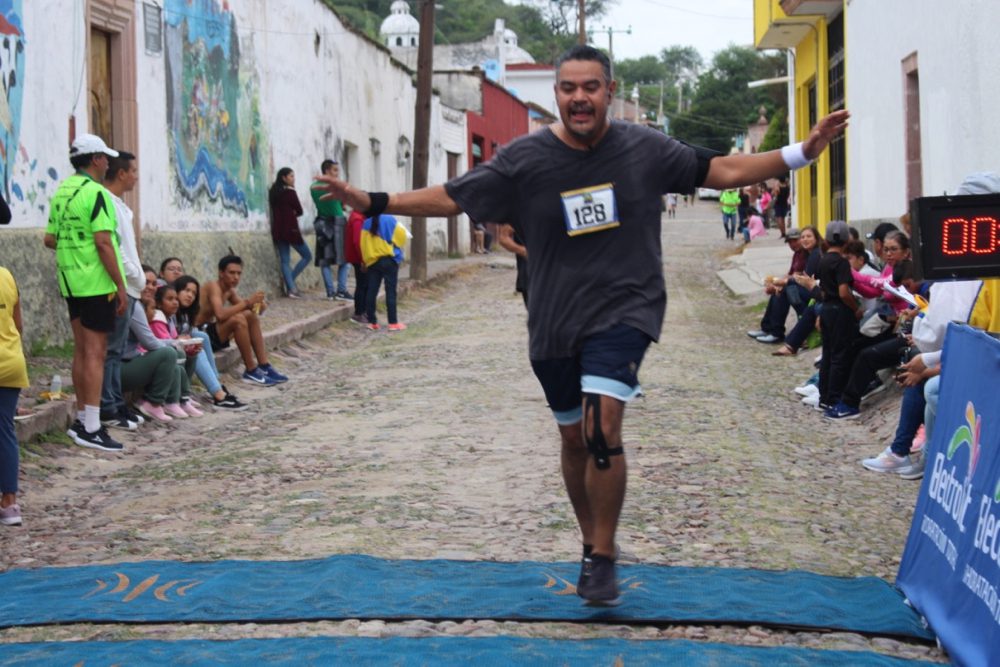

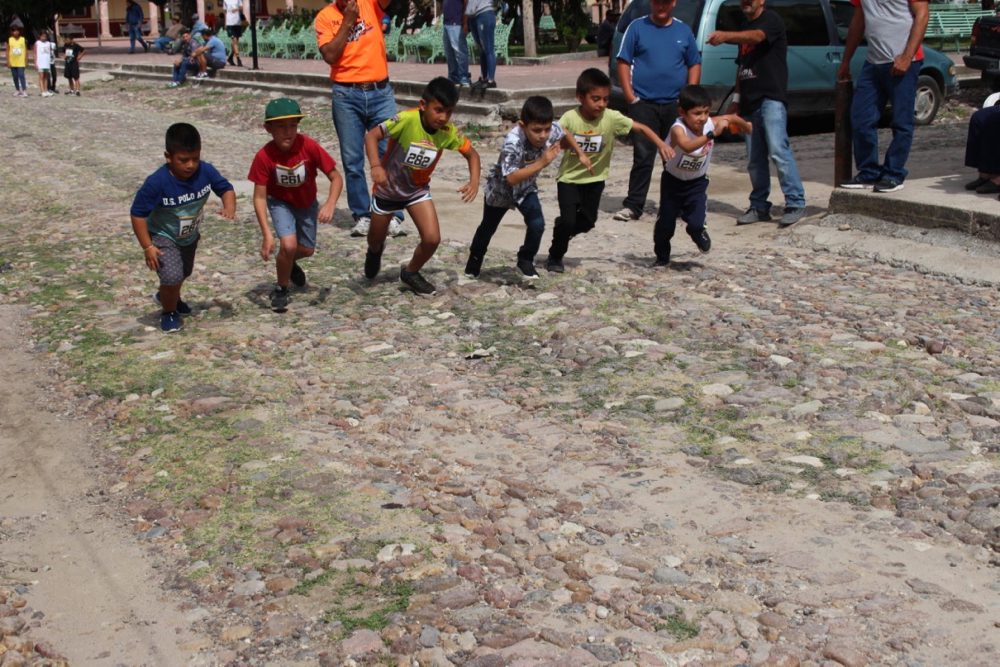



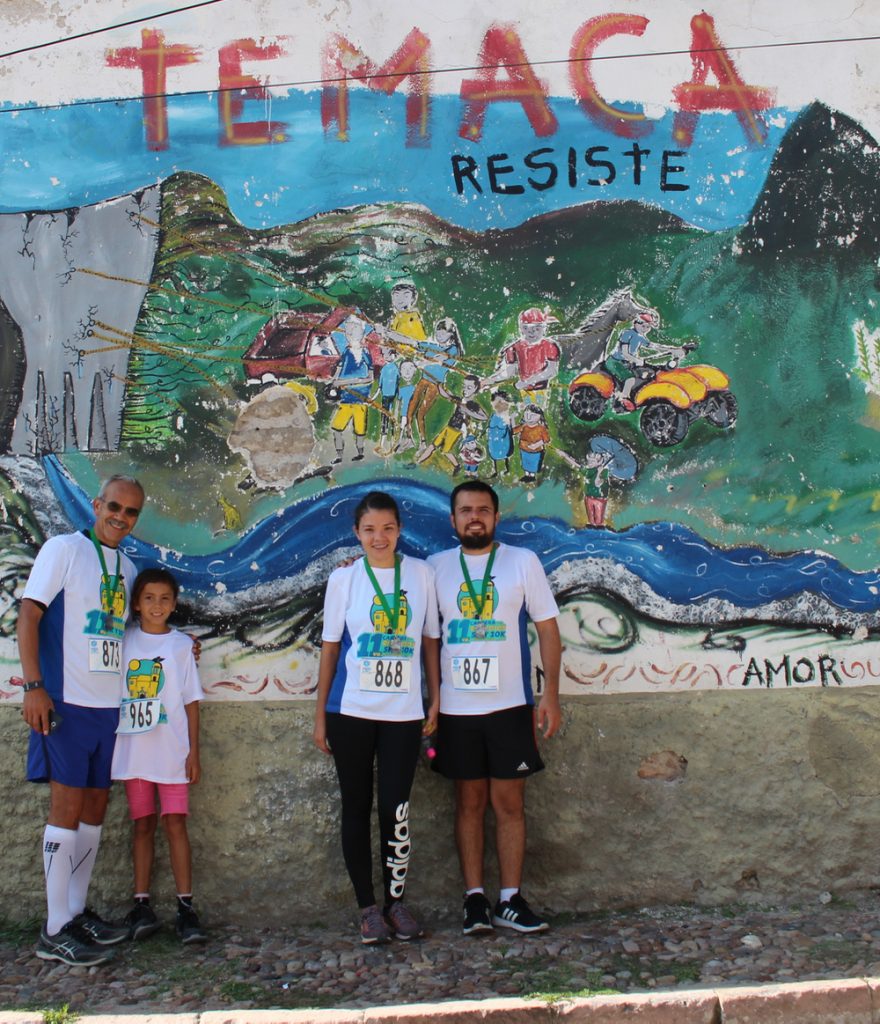
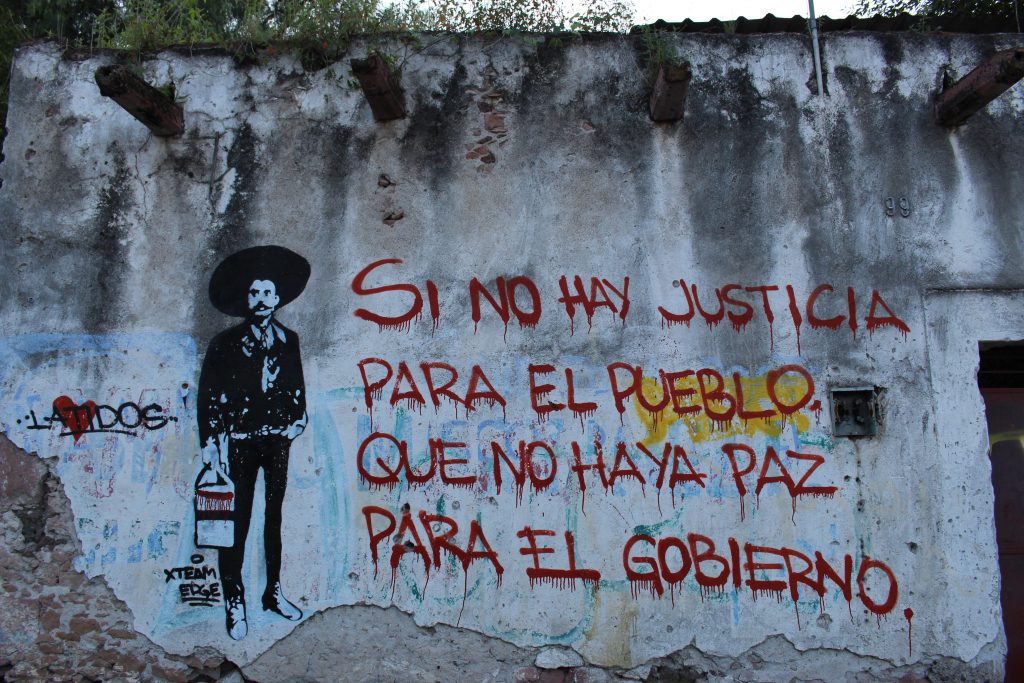
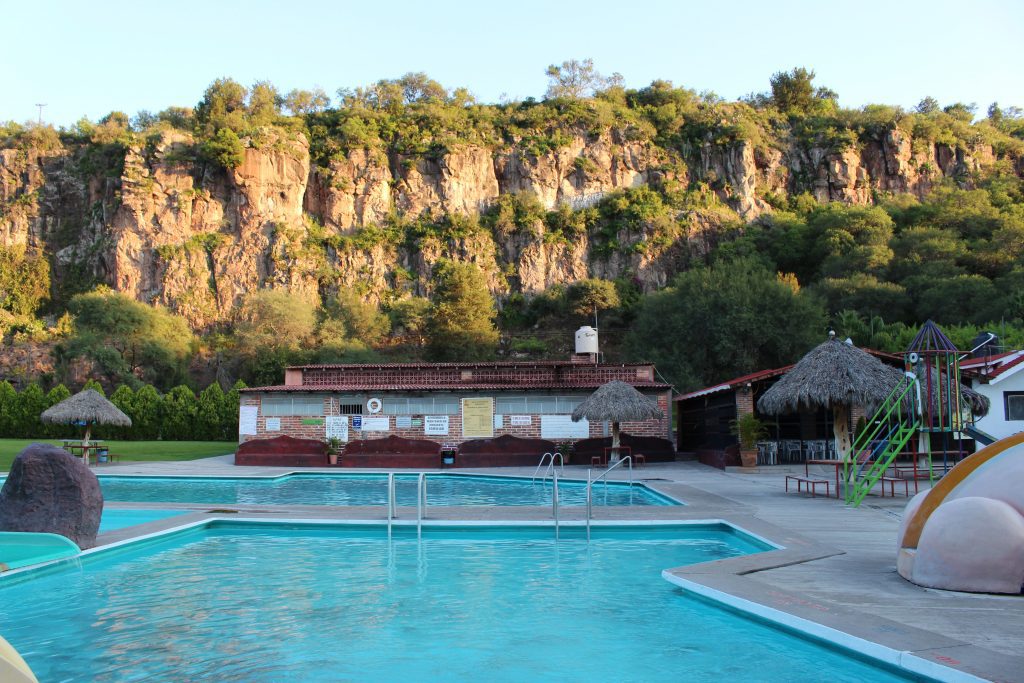
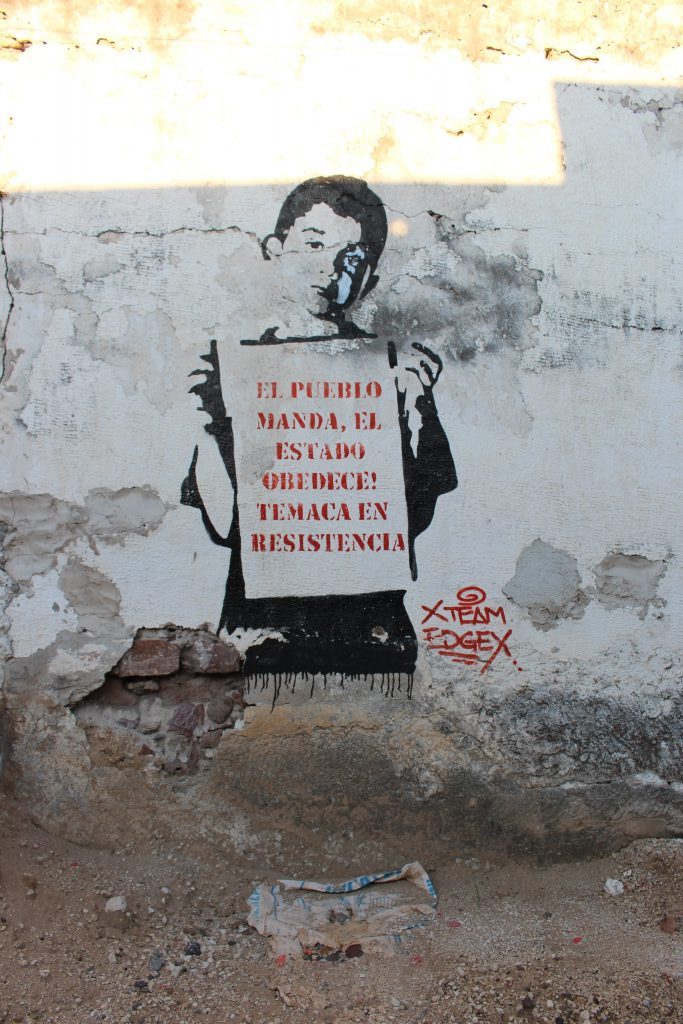
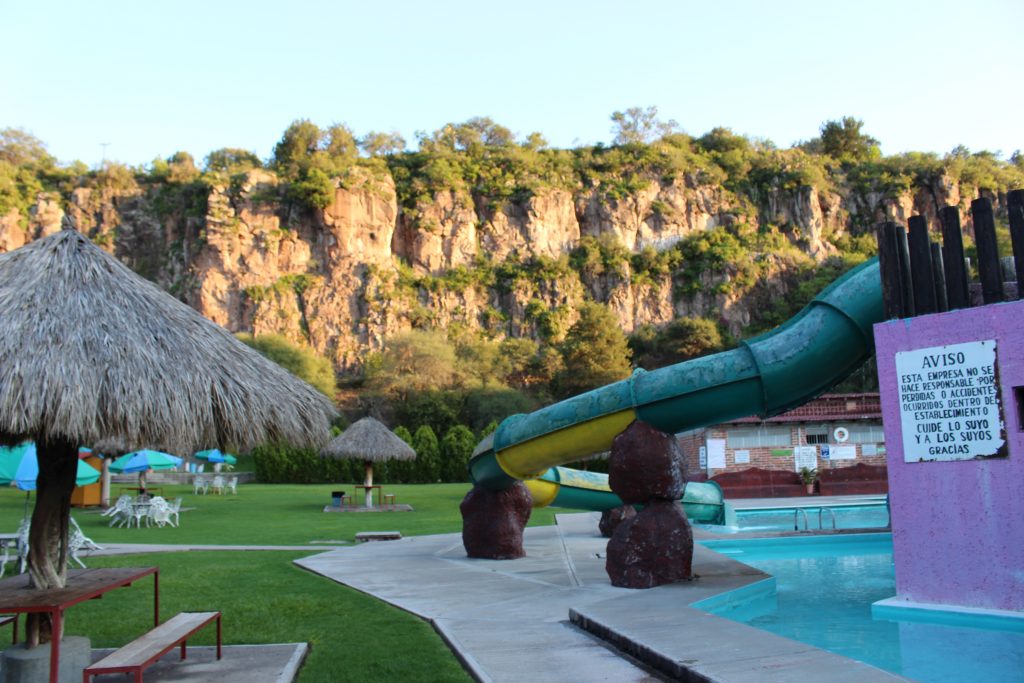


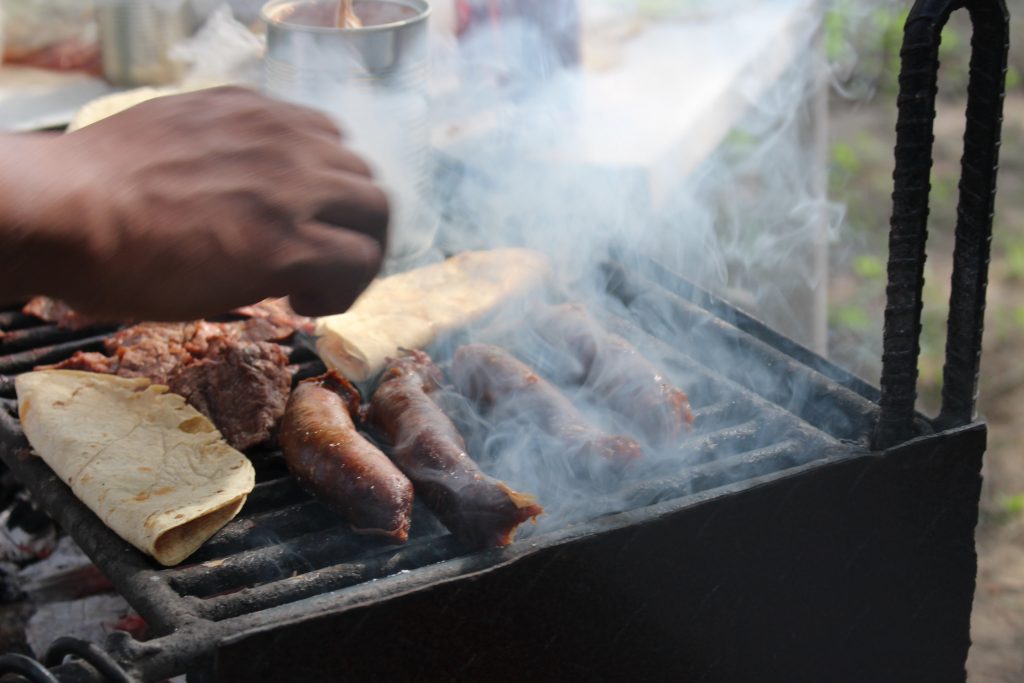
wonderful!!